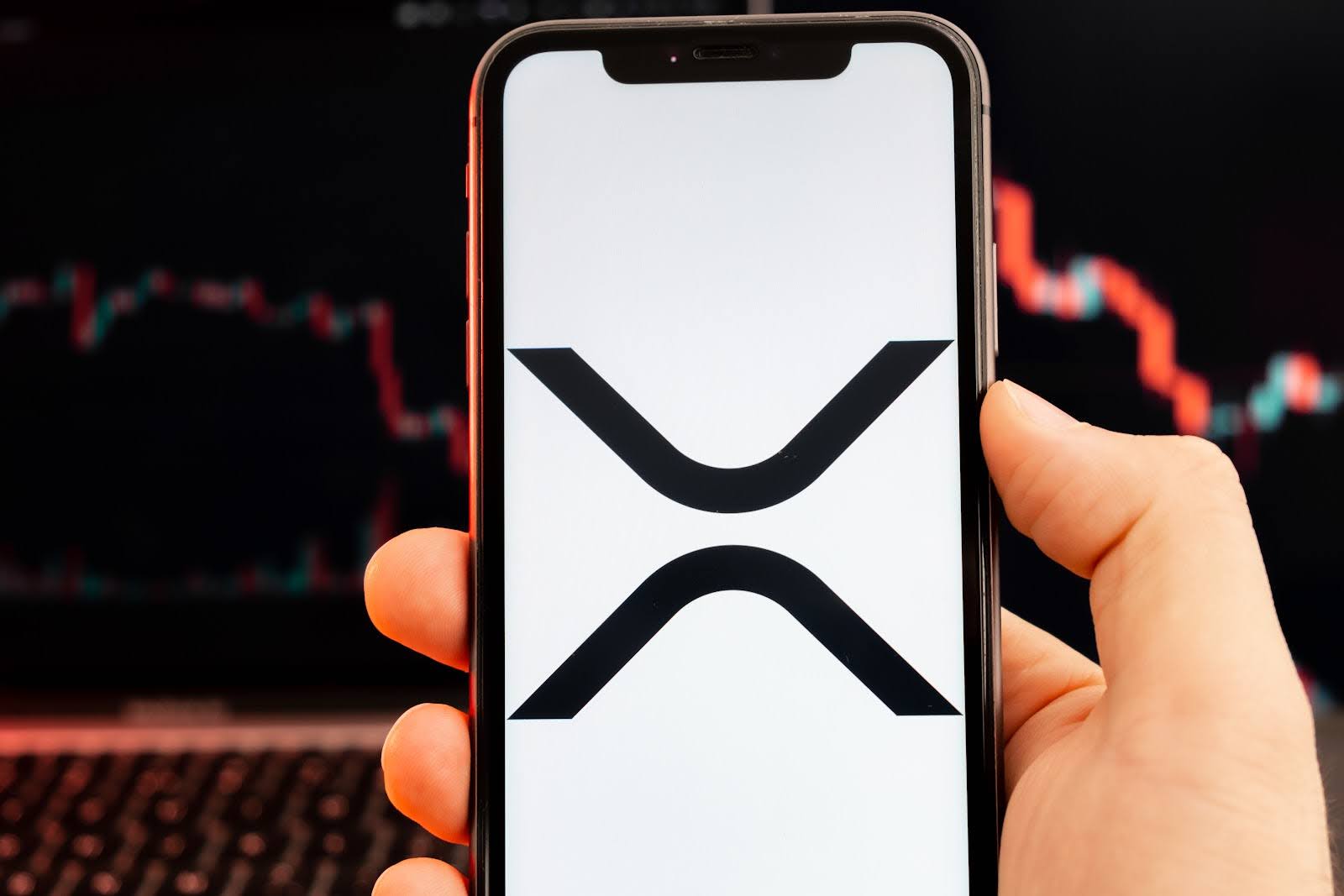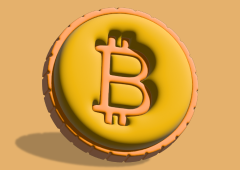XRPL Reports Record Network Activity – What’s Behind the Surge?
27.10.2024 16:00 2 min. read Alexander Zdravkov
The XRP Ledger (XRPL) has reached a significant milestone in its Automated Market Maker (AMM) activity.
On October 27, the network recorded an impressive trading volume of $3.9 million, largely fueled by the recent surge in meme cryptocurrencies following the launch of First Ledger, a platform designed to mimic Solana’s popular Pump.fun and referred to as the “meme coin factory.”
Although this influx of tokens has generated excitement, many of these newly minted cryptocurrencies lack inherent value. At present, the DROP meme coin stands out with a market capitalization of $6.92 million, while other tokens like BEAR and FLIPPY follow with $3.66 million and $1.45 million, respectively.
For context, Dogecoin, the most recognized meme cryptocurrency, has a staggering market cap of $20.2 billion.
While the sustainability of this trend remains uncertain, it has undoubtedly sparked renewed interest in the XRPL. David Schwartz, Ripple’s chief technology officer, recently commented that although the company could have pursued a meme coin or an initial coin offering (ICO) for additional funding, it chose not to as it didn’t require more capital.
Meanwhile, AMM liquidity on the XRPL has seen substantial growth, with MAG, the native token of the Magnetic project, emerging as a leader in pool size on the XPMarket. Additionally, the DROP/XRP trading pair has become one of the largest AMM pools on the XRP Ledger.
-
1
Top 10 blockchains by transaction volume in June 2025
06.07.2025 16:00 2 min. read -
2
Ripple Powers UAE’s First Tokenized Real Estate Project via XRPL
16.07.2025 21:00 2 min. read -
3
German State-Owned Development Bank Issues €100 Million Blockchain Bond
11.07.2025 7:00 2 min. read -
4
Tether Ends Support for Five Blockchains in Infrastructure Shift
12.07.2025 11:30 2 min. read -
5
Cardano and Ethereum Lead in Developer Activity as GitHub Commits Surge
14.07.2025 12:00 1 min. read
BNB Chain Upgrades and Token Delistings Reshape Binance Ecosystem
Binance continues to refine its ecosystem in 2025, with major updates spanning performance upgrades, token listings and removals, and new token launches—all reinforcing its focus on scalability and innovation.
Ripple Powers UAE’s First Tokenized Real Estate Project via XRPL
Ripple has taken a major step in expanding its institutional digital asset infrastructure in the Middle East by partnering with Ctrl Alt to support Dubai’s first government-backed real estate tokenization initiative.
PayPal Expands PYUSD to Arbitrum in Latest Blockchain Push
PayPal has expanded its stablecoin, PayPal USD (PYUSD), to the Arbitrum network, marking a key step in its strategy to integrate with faster, more cost-efficient blockchain infrastructure.
Citigroup Explores Launching Stablecoin as Banks Embrace Crypto Shift
Citigroup is evaluating the potential launch of its own U.S. dollar-backed stablecoin, signaling a growing shift in sentiment among traditional financial institutions toward digital assets.
-
1
Top 10 blockchains by transaction volume in June 2025
06.07.2025 16:00 2 min. read -
2
Ripple Powers UAE’s First Tokenized Real Estate Project via XRPL
16.07.2025 21:00 2 min. read -
3
German State-Owned Development Bank Issues €100 Million Blockchain Bond
11.07.2025 7:00 2 min. read -
4
Tether Ends Support for Five Blockchains in Infrastructure Shift
12.07.2025 11:30 2 min. read -
5
Cardano and Ethereum Lead in Developer Activity as GitHub Commits Surge
14.07.2025 12:00 1 min. read


